Embark on a flavorful and health-conscious journey this fall with our 7-Day High-Protein Mediterranean Diet Meal Plan. Designed to nourish your body and tantalize your taste buds, this comprehensive plan is packed with lean proteins, healthy fats, and vibrant seasonal produce. Whether you’re looking to boost your energy, manage your weight, or simply embrace a healthier lifestyle, our dietitian-approved guide provides a delicious and sustainable pathway to well-being. Say goodbye to restrictive diets and hello to a vibrant, protein-rich Mediterranean experience.
This fall, revitalize your health and well-being by embracing the principles of the Mediterranean diet, boosted with a focus on protein. Our detailed 7-day meal plan will guide you through delicious recipes, ensuring you get the nutrients you need while enjoying the rich flavors of the season. Get ready to feel energized, satisfied, and on the path to a healthier you.
The Power of the Mediterranean Diet: A High-Protein Approach
The Mediterranean diet, renowned for its health benefits and delicious cuisine, is a lifestyle rather than a restrictive eating plan. This dietary pattern, inspired by the traditional eating habits of people living in the Mediterranean region, emphasizes whole foods, healthy fats, and lean proteins. It’s a fantastic way to nourish your body and support overall well-being.
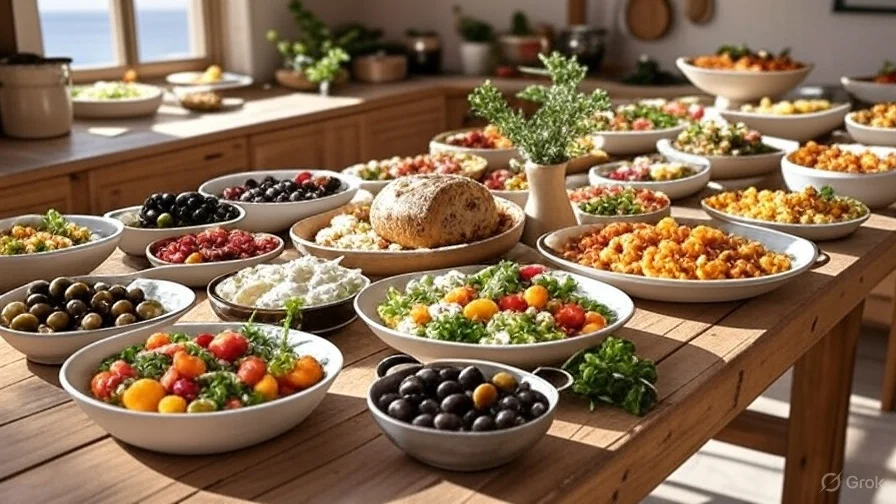
While traditionally lower in protein compared to some modern diets, a high-protein adaptation can further enhance its advantages. Protein is crucial for muscle building and repair, satiety, and maintaining a healthy metabolism. By strategically increasing protein intake within the framework of the Mediterranean diet, you can achieve even greater health outcomes. This approach can be particularly beneficial for those seeking weight management or enhanced athletic performance. Learn more about the importance of diet choices for your longevity and well-being.
Why Choose a High-Protein Mediterranean Diet This Fall?
Fall offers a unique opportunity to embrace seasonal ingredients that perfectly complement the Mediterranean diet. Think of hearty squashes, leafy greens, and vibrant root vegetables – all readily available and bursting with flavor.
This combination of seasonal abundance and the power of a high-protein approach makes it an ideal time to start this journey. Moreover, the Mediterranean diet has been linked to numerous health benefits, including reduced risk of heart disease, type 2 diabetes, and certain cancers. Embracing this dietary pattern this fall can set you up for a healthier and more vibrant winter ahead. Discover how food protects your brain and may reduce the risk of Alzheimer’s.
7-Day High-Protein Mediterranean Diet Meal Plan: A Detailed Guide
This meal plan provides a balanced and delicious framework for incorporating high-protein, Mediterranean-inspired meals into your daily life. Remember to adjust portion sizes according to your individual needs and activity levels.
Day 1:
- Breakfast: Greek yogurt with berries, nuts, and a drizzle of honey. This provides a substantial protein boost to start your day.
- Lunch: Grilled chicken salad with mixed greens, olives, cucumbers, tomatoes, and a lemon-herb vinaigrette. Lean protein and fresh vegetables make this a light yet satisfying midday meal.
- Dinner: Baked salmon with roasted vegetables (broccoli, bell peppers, zucchini) and quinoa. Salmon is packed with omega-3 fatty acids and high-quality protein.
- Snacks: A handful of almonds, a hard-boiled egg, or a small apple with almond butter. These snacks help maintain satiety and provide essential nutrients.
Day 2:
- Breakfast: Scrambled eggs with spinach and feta cheese. A protein-packed breakfast that’s quick and easy to prepare.
- Lunch: Leftover baked salmon and roasted vegetables. Repurposing dinner for lunch saves time and reduces food waste.
- Dinner: Lentil soup with whole-grain bread and a side salad. Lentils are an excellent source of plant-based protein and fiber.
- Snacks: Cottage cheese with sliced peaches, a small portion of trail mix, or celery sticks with hummus.
Day 3:
- Breakfast: Overnight oats with protein powder, chia seeds, and almond milk. A convenient and nutritious breakfast that can be prepared in advance.
- Lunch: Tuna salad sandwich on whole-grain bread with lettuce and tomato. Tuna is a good source of protein and omega-3 fatty acids.
- Dinner: Chicken and vegetable skewers marinated in a lemon-garlic sauce, served with brown rice. A flavorful and protein-rich dinner that’s perfect for grilling.
- Snacks: A protein bar, a small banana with peanut butter, or a handful of walnuts.
Day 4:
- Breakfast: Smoothie with protein powder, spinach, banana, and almond milk. A quick and easy way to get a protein and nutrient boost.
- Lunch: Leftover chicken and vegetable skewers with brown rice.
- Dinner: Shrimp scampi with whole-wheat pasta and a side of steamed asparagus. Shrimp is a lean source of protein and provides essential minerals.
- Snacks: Greek yogurt with a sprinkle of granola, a hard-boiled egg, or a small orange.
Day 5:
- Breakfast: Quinoa porridge with nuts, seeds, and a drizzle of maple syrup. A hearty and protein-rich breakfast alternative to oatmeal.
- Lunch: Salad with chickpeas, cucumber, tomatoes, red onion, and a lemon-tahini dressing. Chickpeas are a great source of plant-based protein and fiber.
- Dinner: Baked cod with roasted sweet potatoes and green beans. Cod is a mild-flavored fish that’s high in protein and low in fat. Learn the difference between sweet potato vs. potato and which one reigns supreme for fitness.
- Snacks: A small handful of pumpkin seeds, a rice cake with avocado, or a small pear.
Day 6:
- Breakfast: Protein pancakes made with whole-wheat flour, eggs, and protein powder. A delicious and protein-packed way to start the weekend.
- Lunch: Leftover baked cod with roasted sweet potatoes and green beans.
- Dinner: Turkey meatballs in tomato sauce served over zucchini noodles. Turkey is a lean protein source, and zucchini noodles are a low-carb alternative to pasta.
- Snacks: A small serving of edamame, a handful of mixed berries, or a small apple.
Day 7:
- Breakfast: Frittata with vegetables and cheese. A versatile and protein-rich breakfast that can be customized with your favorite ingredients.
- Lunch: Leftover turkey meatballs in tomato sauce served over zucchini noodles.
- Dinner: Grilled swordfish with a Mediterranean salsa (tomatoes, onions, olives, capers) and a side of couscous. Swordfish is a firm, flavorful fish that’s high in protein.
- Snacks: A small serving of mixed nuts, a small portion of dark chocolate, or a handful of grapes.
Key High-Protein Mediterranean Diet Ingredients: Shopping List Essentials
To successfully follow this 7-day meal plan, stock your pantry and refrigerator with these essential ingredients:
- Proteins: Chicken breast, salmon, tuna, shrimp, cod, turkey, eggs, Greek yogurt, cottage cheese, lentils, chickpeas, quinoa, protein powder.
- Vegetables: Mixed greens, olives, cucumbers, tomatoes, broccoli, bell peppers, zucchini, spinach, asparagus, sweet potatoes, green beans, onions, garlic.
- Fruits: Berries, peaches, apples, bananas, oranges, pears, grapes.
- Grains: Whole-grain bread, whole-wheat pasta, brown rice, couscous, oats.
- Nuts and Seeds: Almonds, walnuts, pumpkin seeds, chia seeds, trail mix.
- Healthy Fats: Olive oil, avocado, almond butter, peanut butter, tahini.
- Dairy/Alternatives: Feta cheese, almond milk, maple syrup.
- Pantry Staples: Canned tuna, tomato sauce, herbs, spices.
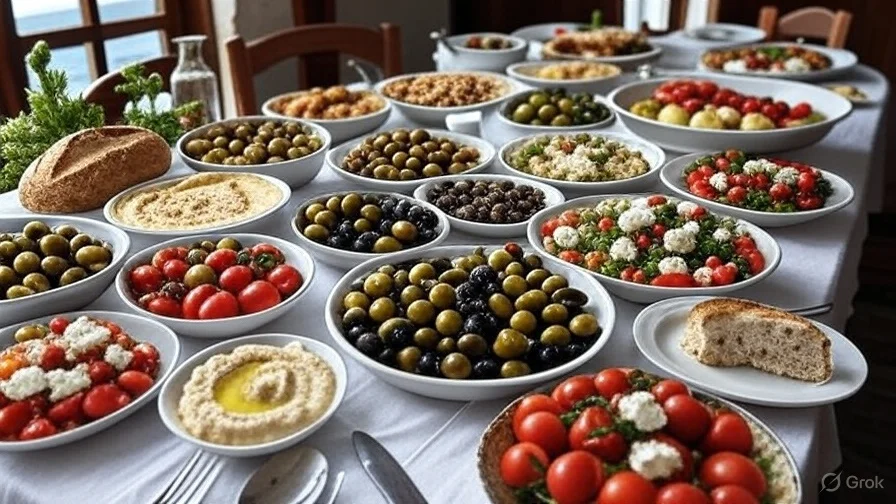
Recipe Adaptations and Substitutions: Making the Plan Your Own
This meal plan is a template, and flexibility is key to making it sustainable. Don’t be afraid to adapt recipes to your preferences and dietary needs.
- Vegetarian/Vegan Options: Replace animal proteins with plant-based alternatives like tofu, tempeh, or beans. Ensure you’re getting enough protein by combining different plant sources.
- Gluten-Free: Choose gluten-free grains like quinoa, brown rice, or gluten-free pasta.
- Dairy-Free: Opt for dairy-free yogurt and cheese alternatives made from almond, soy, or coconut.
- Allergies: Carefully read ingredient labels and substitute any allergens with suitable alternatives.
- Seasonality: Adjust the vegetables and fruits based on what’s in season in your area.
Maximizing the Benefits: Tips for Success
To truly thrive on a high-protein Mediterranean diet, consider these additional tips:
- Hydration: Drink plenty of water throughout the day. Aim for at least 8 glasses.
- Portion Control: Be mindful of portion sizes to avoid overeating. Use smaller plates and bowls.
- Mindful Eating: Pay attention to your hunger and fullness cues. Eat slowly and savor each bite.
- Meal Prep: Prepare meals and snacks in advance to stay on track during busy days.
- Physical Activity: Incorporate regular exercise into your routine. Aim for at least 30 minutes of moderate-intensity exercise most days of the week. Discover the ultimate guide to exercise benefits.
- Stress Management: Practice stress-reducing activities like yoga, meditation, or spending time in nature. Learn about mindful movement to unlock your inner peace and transform your health.
- Prioritize Sleep: Aim for 7-9 hours of quality sleep each night to support overall health and well-being.
- Consult a Professional: Consider consulting a registered dietitian or healthcare provider for personalized guidance.
The Importance of Balanced Nutrition: Beyond Protein
While protein is crucial, remember that a balanced diet encompasses all essential nutrients. The Mediterranean diet emphasizes a variety of foods, ensuring you get the vitamins, minerals, and antioxidants you need for optimal health.
Focus on colorful fruits and vegetables, whole grains, and healthy fats. Limit processed foods, sugary drinks, and excessive amounts of saturated and trans fats.
Long-Term Sustainability: Making it a Lifestyle
The high-protein Mediterranean diet is not a quick fix; it’s a lifestyle. To make it sustainable in the long term, focus on:
- Enjoying the Process: Find recipes and foods that you genuinely enjoy. Experiment with different flavors and cuisines.
- Gradual Changes: Make gradual changes to your diet rather than drastic ones. This will make it easier to stick to in the long run.
- Social Support: Surround yourself with supportive friends and family who encourage your healthy eating habits.
- Flexibility: Allow yourself occasional treats and indulgences. Deprivation can lead to cravings and setbacks.
- Education: Continue learning about nutrition and healthy eating. The more you know, the better equipped you’ll be to make informed choices. Consider reading about late breakfast and why timing your meals matters for longevity.
The High-Protein Mediterranean Diet: A Delicious Path to a Healthier You
Embracing a 7-Day High-Protein Mediterranean Diet Meal Plan is a powerful step toward improving your health and well-being. By combining the principles of the Mediterranean diet with a focus on lean protein sources, you can achieve sustainable weight management, increased energy levels, and a reduced risk of chronic diseases. This fall, take the opportunity to nourish your body with delicious, wholesome foods and embark on a journey towards a healthier, happier you.

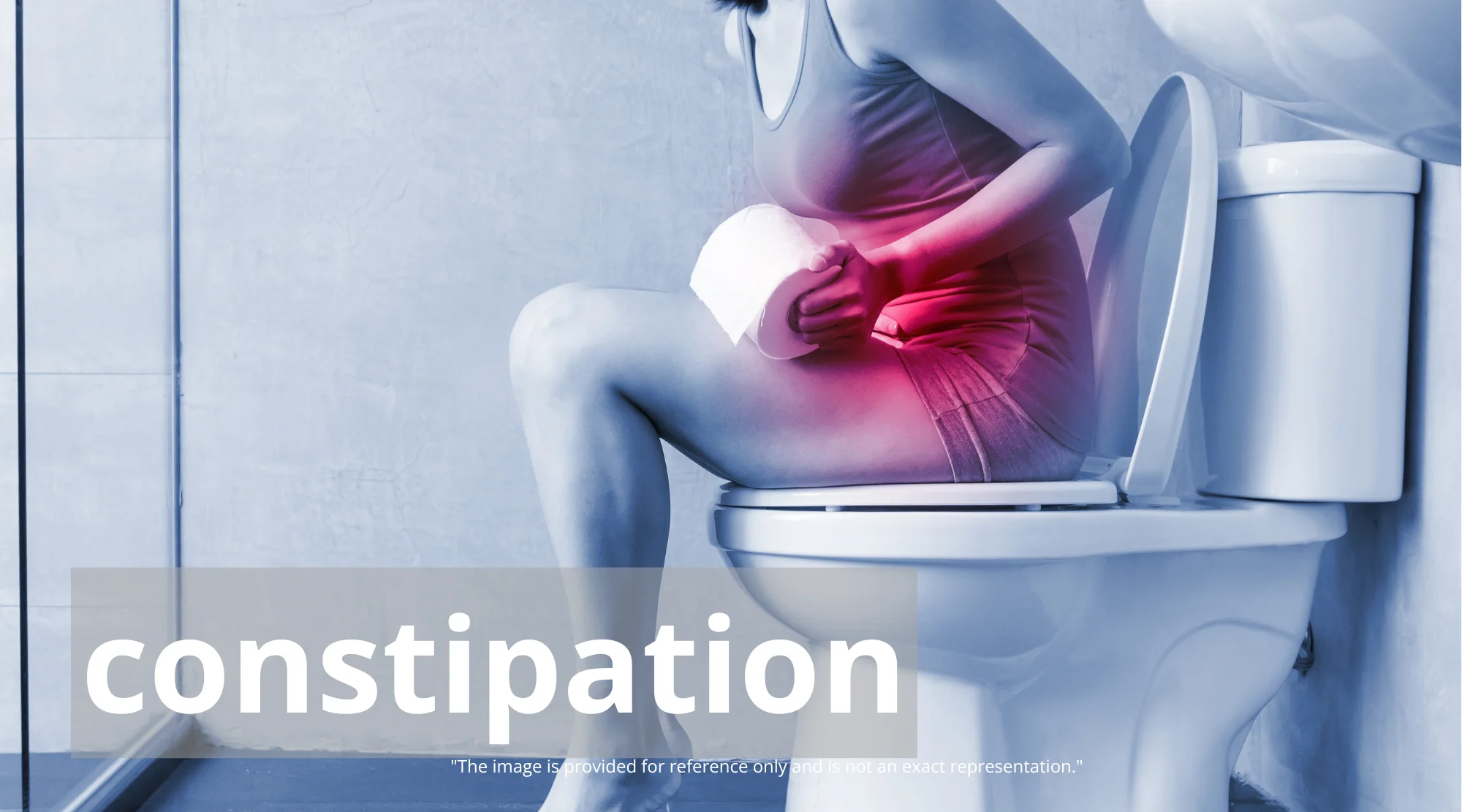
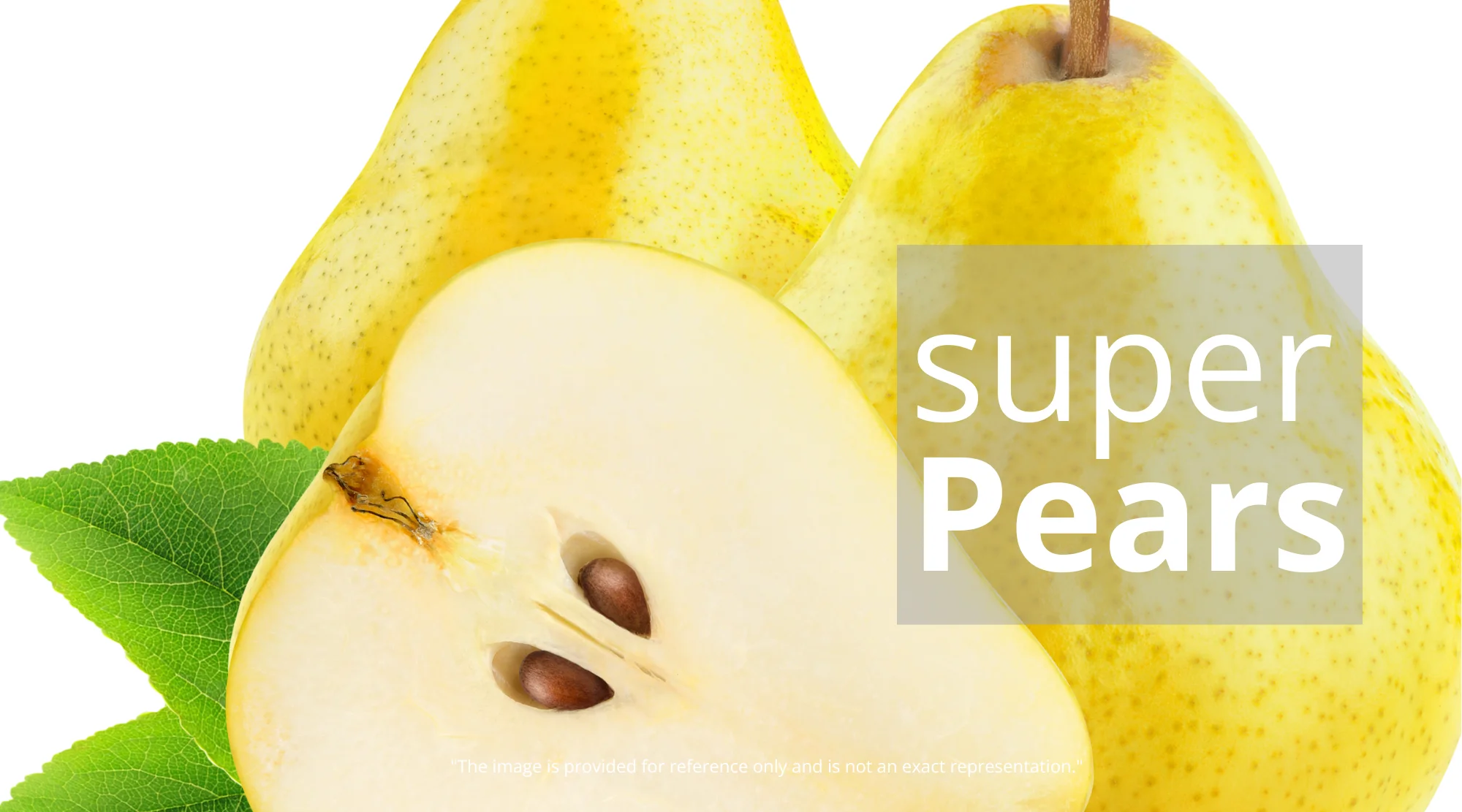
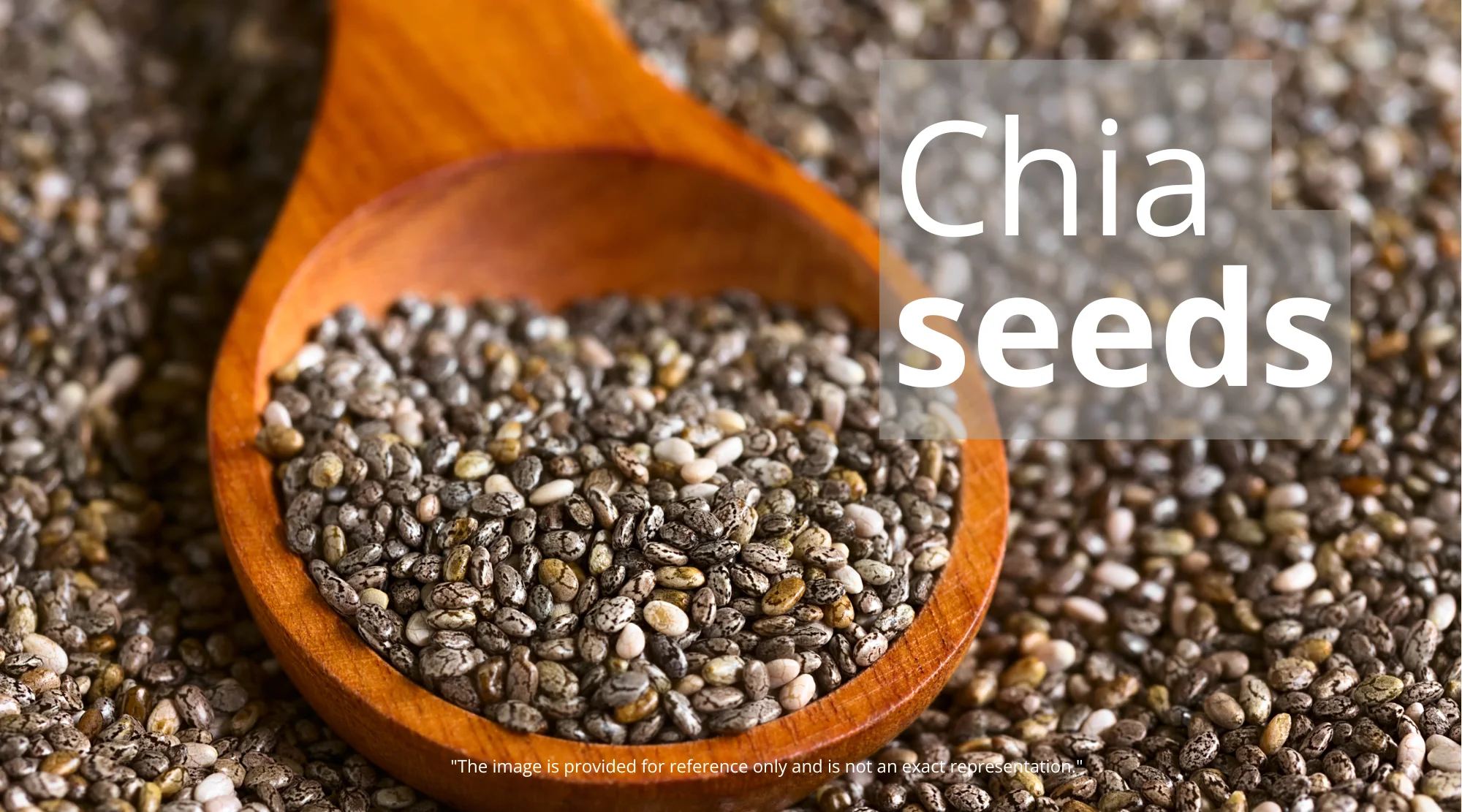










2 comments